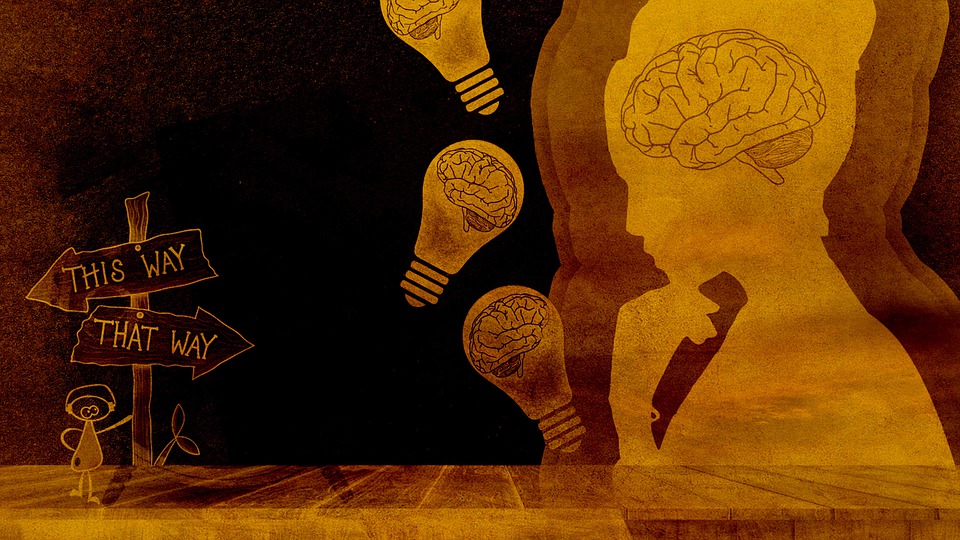Full disclosure off the bat: I’m slightly biased in my enthusiasm for this new book (my brilliant neuroscientist brother is one of the co-authors). That being said, I did my best to put aside my familial bias when reading Better in Every Sense and found it to be a refreshing and insightful take on both the practical and scientific basis of mindfulness practices and how they can benefit us in our day-to-day lives.
A key distinction highlighted in this book is that our brains can operate in two distinct modes of neural activation: one based on established mental habits in which we perceive and interact with the world based on what we already know, while the other allows us to tune into present-moment sense experience in order to take in new information. Our mental habits can be very useful (like automatically prioritizing important tasks to get done for the day), however sometimes they can inadvertently become a source of suffering (like incessantly worrying about all the things that might go wrong in our day).
When our mental habits become a burden, we need ways of being able to see our mental habits more clearly and more importantly to step outside of them if we want them to change. Being able to take in new information allows us to challenge our existing ways of seeing ourselves, others, and the world, which is crucial if our goal is to change aspects of ourselves in order to heal and grow as human beings.
The authors provide some practical tips for how to cultivate mindfulness and tap into our capacity to take in new information, which they refer to as “sense foraging.” The idea is that if we activate the brain’s capacity to take in new information through our senses, then (with practice) that will also allow us to take in new perspectives on bigger issues in our lives. Here is one sense foraging activity that you can try the next time you’re out grocery shopping:
- Instead of rushing to get all of the items on your list, give yourself permission to slow down and really immerse yourself in the experience of grocery shopping.
- Pay attention to all of the different colours, textures, and other aspects of visual sensation that you can notice in the produce section. Look at the quality of the various fruits and vegetables: Do they seem fresh? Are they shiny or dull, bright or dark in colour? Do some have more blemishes/imperfections than others? Do some seem more familiar to you while others seem more unfamiliar or even strange?
- Notice the smells that you can detect around you. If you want, pick up certain items and smell them more closely. Do they smell sweet, earthy, fresh, or moldy? Are the smells pleasant or unpleasant to you?
- Notice all the sounds in the environment around you. Is there music playing? Do you notice the sounds of grocery carts, announcement on the loud speaker, people talking?
- What is the general feeling of the social environment you’re in? Is the store busy with lots of people around? Do people seem to be rushing or taking their time? Does the environment feel chaotic, organized, or something in between?
- Are there sections or areas that you usually overlook or don’t explore? What sorts of interesting items might there be that you’ve never noticed before? What is it like to explore these unknown areas and notice previously overlooked items?
Take some time after you’re done shopping to reflect on how you found this experience and how it was different (in even subtle ways) from your usual experience of buying groceries. How do you feel inside as you reflect on this?
If you’re interested in discussing how psychotherapy can aid you in cultivating a more mindful, receptive, and sense-oriented way of living your life, feel free to book a complimentary consult call with me through the link below.




